Affiliate links on Android Authority may earn us a commission. Learn more.
Arm's new CPUs and GPUs will power 2025 phones, and here's what to know
May 29, 2024
It’s that time of year again. Arm has revealed a new line of CPUs and GPUs that could power your flagship Android phone in 2025. What does this mean for your next phone, though? Join us as we dive into these new announcements and demystify them.
Want a deeper dive into Arm’s latest technologies? Then we’ve got a dedicated CPU and GPU article for you as well. But here are the key points worth knowing.
The biggest upgrade to a big core yet?
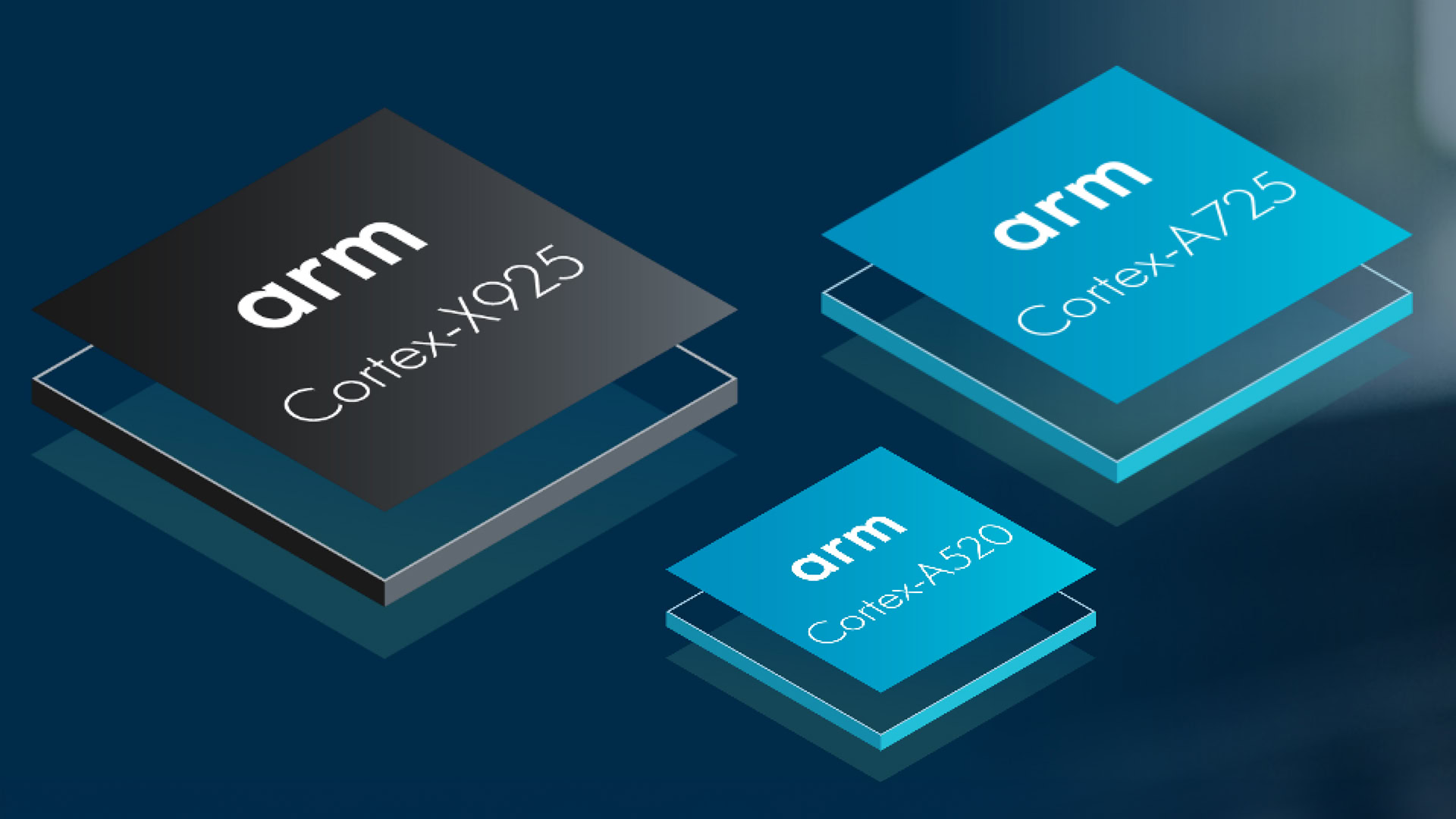
Arm traditionally offers a Cortex-X core as its most powerful CPU core, and rumors pointed to the Cortex-X5 being the biggest year-on-year performance leap in Cortex-X history. Only, this new core isn’t called the Cortex-X5 but rather the Cortex-X925.
The new core brings a notable clock speed boost, reaching 3.6GHz compared to the Cortex X4’s maximum touted speed of 3.4GHz. The new CPU core also has a few other tweaks (e.g. four load pipelines, two-cycle ALUs) to ensure it stays fed with instructions.
X925 offers big performance gains for next-gen phones, but 3mn is a key component.
In any event, Arm is touting a significant 36% boost to single-core performance using the Geekbench 6 single-core score as a reference. This is compared to an unnamed “premium Android” device with the Cortex-X4 CPU. That uplift will definitely make for even more responsive flagship phones next year. However, this comparison has a couple of caveats, such as the X925’s aforementioned clock speed boost over the Cortex-X4 and the smaller 3nm manufacturing process.
Arm says you can expect a 15% boost to IPC (instructions per clock) performance when the same clock speed and manufacturing process is taken into account. That’s generally in line with the leap from Cortex-X3 to Cortex-X4.
What about the medium and little cores?
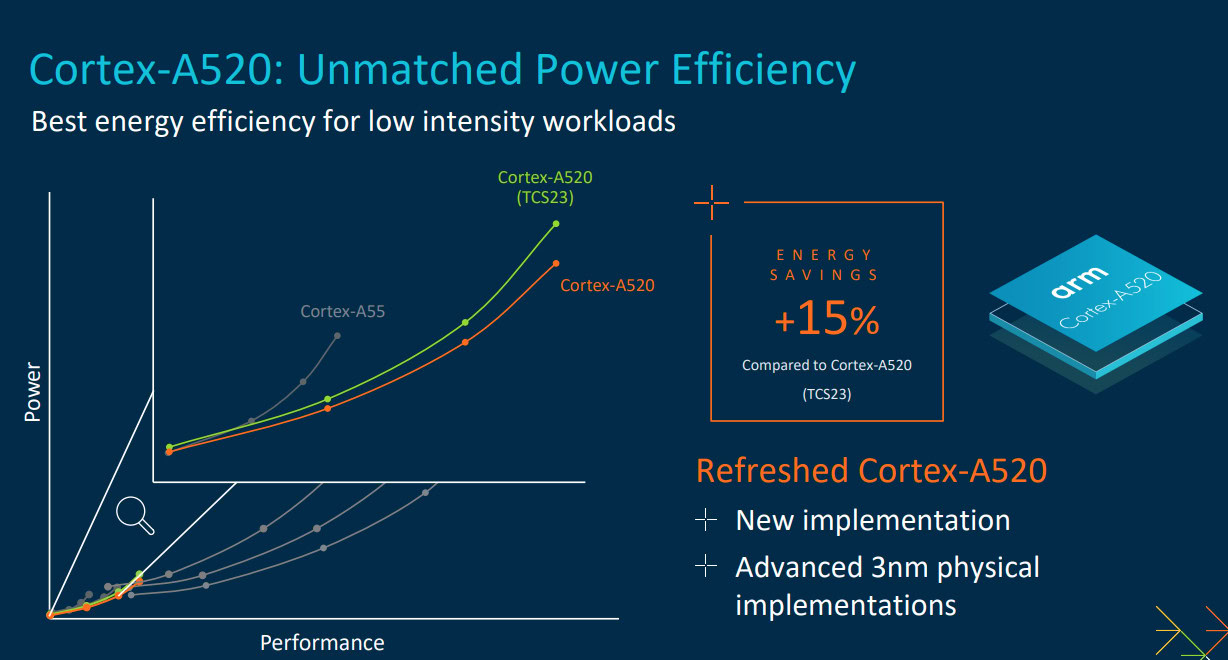
In addition to the Cortex-X925, Arm has also announced the Cortex-A725 as a successor to the Cortex-A720 medium core. This will likely be the workhorse for most tasks on your high-end smartphone, so we’re glad to see a 25% efficiency boost over the previous CPU core. This is particularly good news for companies like MediaTek that intend to ditch power-sipping little CPU cores in their flagship chips.
The UK chip designer also touted a somewhat nebulous 35% “performance efficiency” gain over the Cortex-A720, describing this as the improvement in performance divided by the improvement in power at that performance. It didn’t dish out a traditional performance gain figure.
So what about the little core? Arm is still offering the Cortex-A520, and it’s basically unchanged from previous generations. Arm mentioned a 15% efficiency gain, but this comes from optimizations for the 3nm manufacturing process. The key takeaway is that next-gen smartphones will be more frugal with power, but that’s mostly down to the move to 3nm.
A few small but key GPU upgrades
Arm’s Mali graphics parts are the backbone of many affordable phones today and a few high-end devices. Those expecting a giant step forward might be a little disappointed at first glance.
A big reason why the Immortalis-G925 GPU appears much more powerful than the current G720 is because Arm is increasing the GPU’s maximum shader core count for its comparisons. The current-generation Immortalis-G720 offers 10 to 16 shader cores, while the brand-new G925 sports options for 10 to 24 shader cores.
The Immortalis-G925 GPU seemingly takes a brute-force approach to boost performance, but also packs new features for in-game performance and efficiency.
Arm says you can expect 37% better performance in “graphics apps” or 30% less power consumption in leading games versus the G720. However, these figures compare a 14-core Immortalis-G925 to a 12-core Immortalis-G720, suggesting smaller gains in most of these areas when making an apples-to-apples comparison. Still, that performance boost is undoubtedly good for gamers.
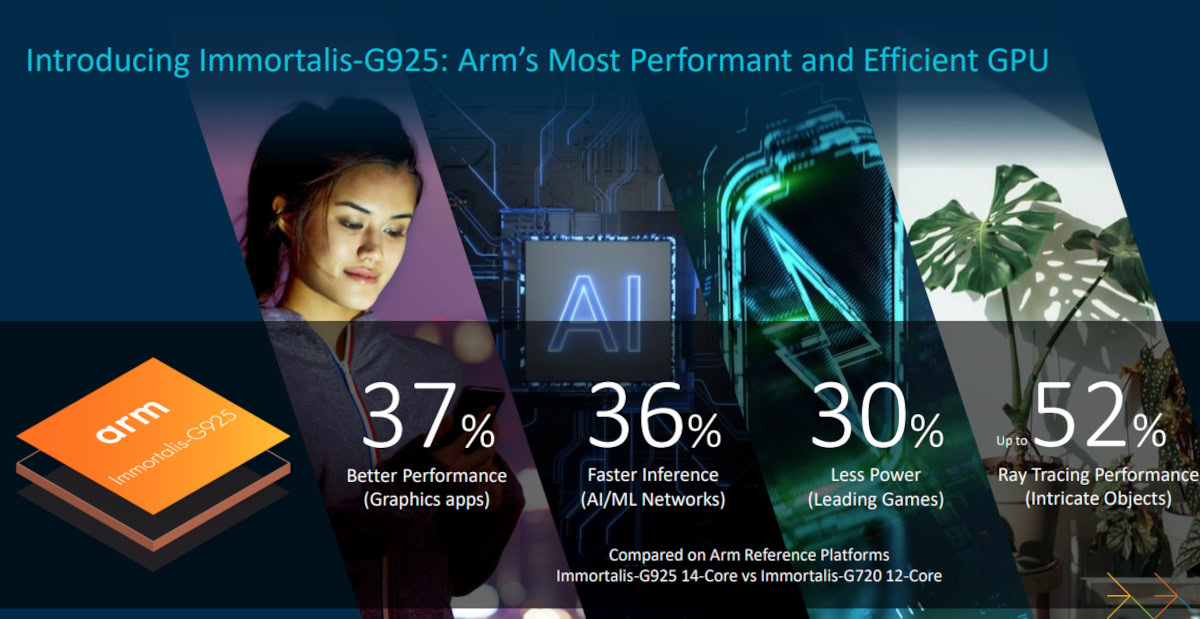
The company is serving up some real-world performance improvements thanks to a fragment prepass feature. This handles functionality related to object occlusion. This means up to 43% fewer CPU cycles are spent on the render thread. In English, this improvement significantly frees up the CPU, improving performance and efficiency in the process. This improvement is a big reason why you can apparently expect up to 72% better performance in Call of Duty Mobile, a 46% performance boost to Diablo Immortal, a 49% boost to Genshin Impact, and a 46% boost to Roblox.
Arm will also offer this GPU core as the mid-range Mali-G725, scaling from six to nine shader cores. Meanwhile, the Mali-G625 is available for low-end devices and scales from one to five shader cores. But we typically see chips for budget phones and Android TV boxes sticking with older Arm GPUs.
Who will actually use Arm’s new CPUs and GPUs?
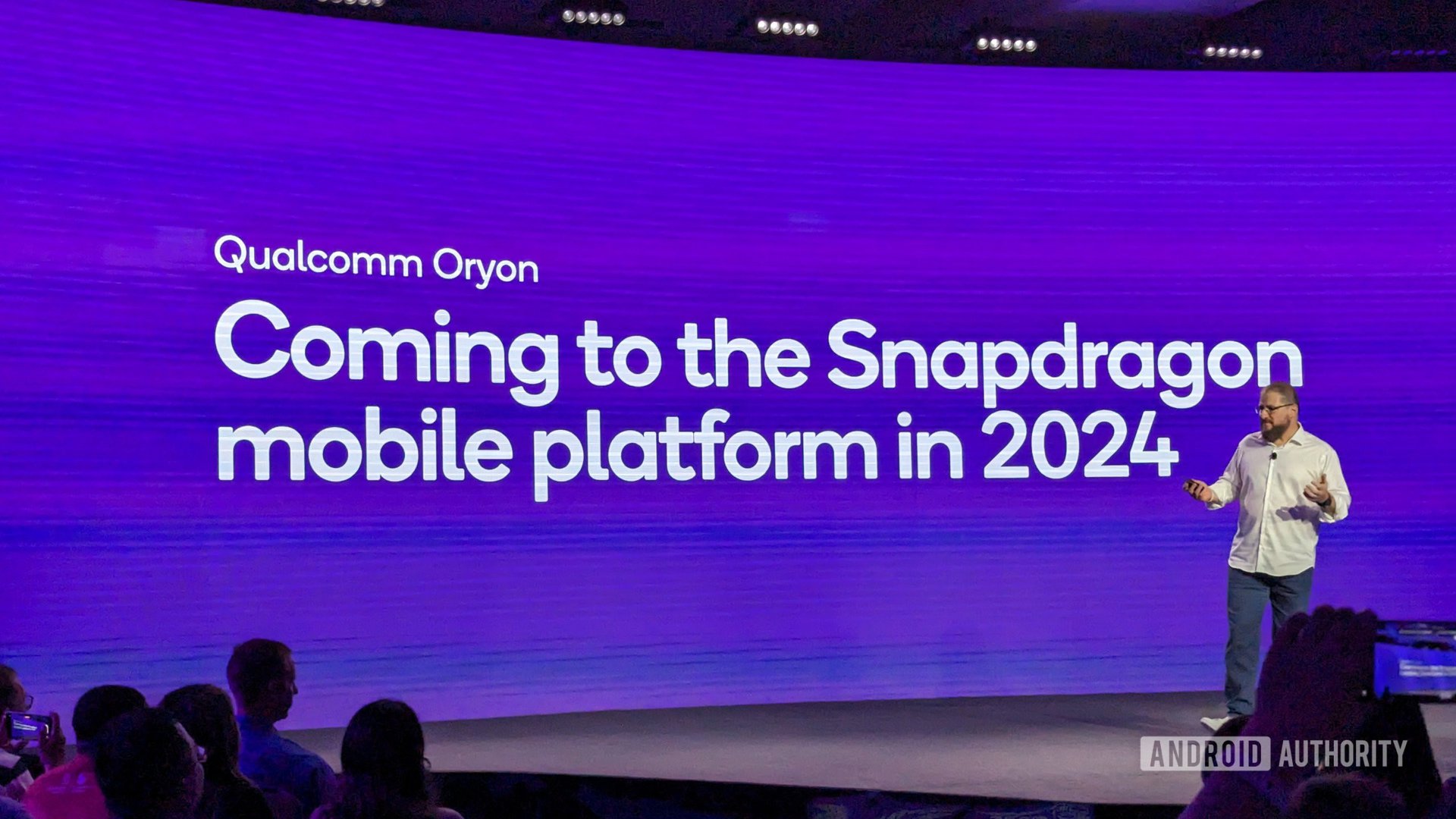
Perhaps the biggest takeaway for Arm’s newest CPUs and GPUs is that they won’t appear in the Qualcomm Snapdragon 8 Gen 4 processor that’s tipped to power loads of high-end Android phones. This isn’t a surprise for the GPU, as Qualcomm has long used its own Adreno GPU for its Snapdragon processors. However, this is a major turn-of-events for the CPU side, as Snapdragon processors have used Arm Cortex CPU cores since 2017’s Snapdragon 835. Instead, Qualcomm will use its custom Oryon CPU in the 8 Gen 4.
That’s not to say we won’t see Arm’s Cortex CPU cores in Snapdragon silicon in 2025. However, Qualcomm typically uses older Cortex CPUs rather than the latest Arm cores in its mid-tier chipsets.
For the first time since 2016, top-end Snapdragon chips will use custom CPUs instead of Arm hardware.
So who will be using these newest CPU and GPU parts? MediaTek has long used the latest and greatest Arm CPUs and GPUs in its flagship Dimensity 9000 series of smartphone processors. That means the Taiwanese brand is a good bet to use these new parts in the upcoming Dimensity 9400. MediaTek went aggressive with the current Dimensity 9300, featuring four Cortex-X4 CPU cores and four Cortex-A720 CPU cores, with no little cores at all. It also adopted the Arm Immortalis-G720 GPU.
We’re also expecting Samsung to use Arm’s latest CPUs in the rumored Exynos 2500 processor. This chipset will likely power Galaxy S25 models in some regions. The S24’s Exynos 2400 processor opted for a rather exotic CPU arrangement, featuring one Cortex-X4, five Cortex-A720s, and four Cortex-A520 little cores. So it’s a safe bet that the Exynos 2500 could offer an eclectic CPU layout too. Samsung uses AMD-based GPUs instead of Arm’s graphics parts, and we expect this to be the case in 2025 as well.
Google uses Arm CPUs and GPUs for its Tensor smartphone processors, but the company tends to use older parts. Don’t be surprised if the Tensor G4, expected in the Pixel 9 series, continues this trend.
Laying the foundation for future Windows laptops
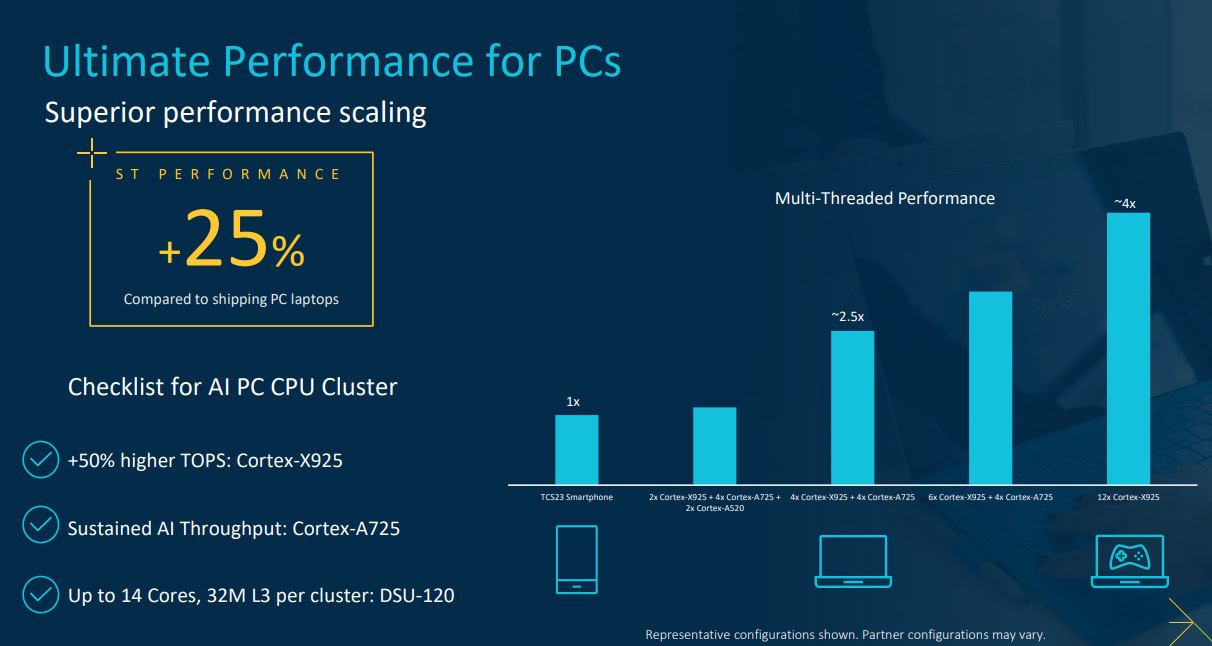
Qualcomm has had an exclusivity deal with Microsoft since 2017, with Snapdragon chipsets exclusively powering Windows on Arm laptops. This deal is reportedly set to expire at the end of 2024, and AMD, NVIDIA, and MediaTek are apparently readying Arm-based Windows processors.
Therefore, it’s no surprise to see that Arm is touting the Cortex-X925 big core as delivering “ultimate performance for PCs.” Arm envisions a PC chip with up to 12 Cortex-X925 CPU cores for high-end performance. The company also claimed up to 25% more single-threaded performance compared to “shipping PC laptops” like the ASUS ROG Zephyrus G14 and Razer Blade 15.
If companies like MediaTek are indeed preparing to launch Windows on Arm chips using Arm CPUs in 2025, then there’s a good chance that the Cortex-X925 (or a successor) could form the basis for these processors. So we hope Arm’s claims bear out here.
No NPU acceleration? No problem!
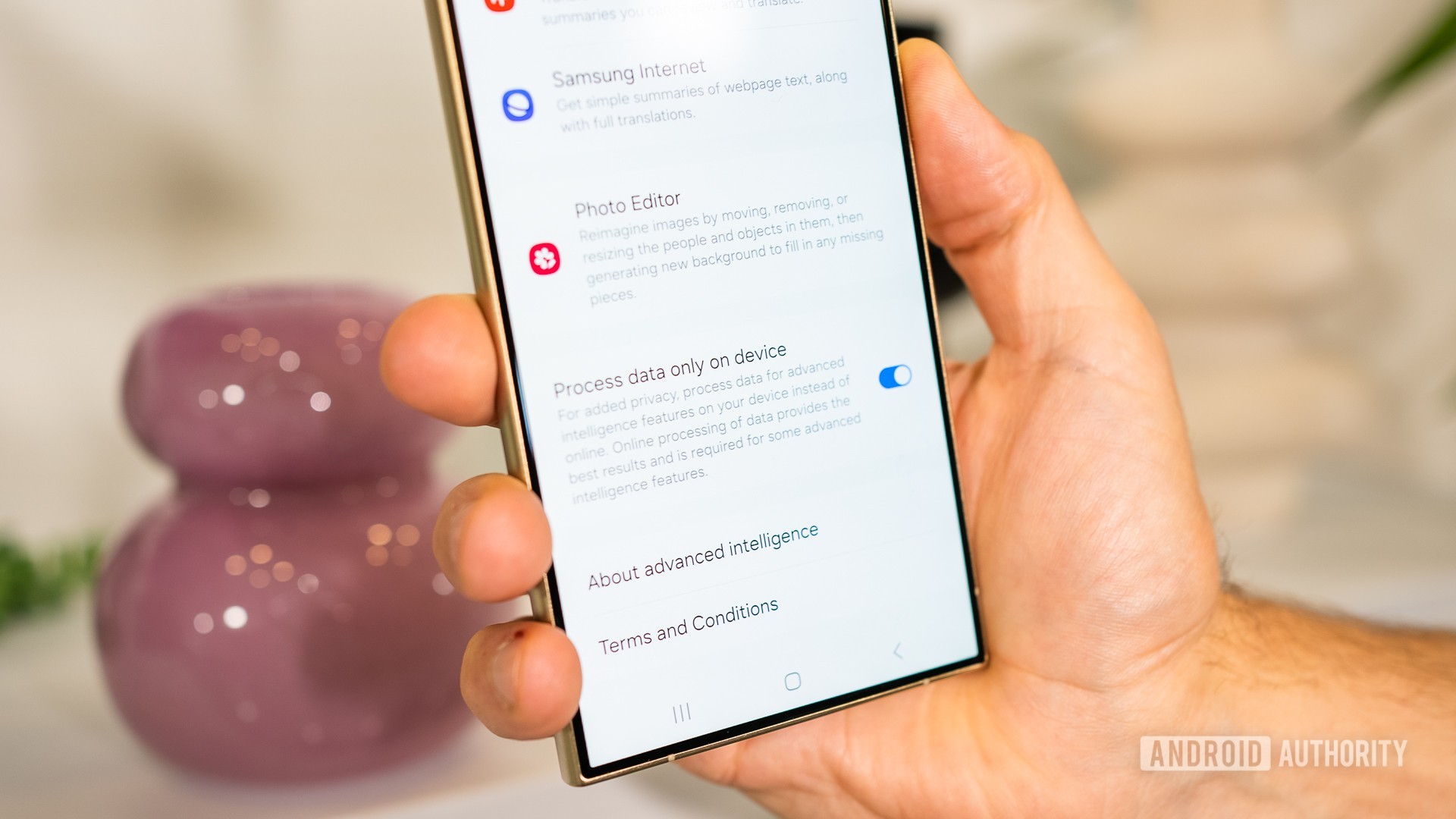
Arm also insists that the CPU and GPU have a major role to play in AI processing, and it’s hard to disagree. Many AI models still run on the CPU and GPU because they might not be optimized for specific NPUs from the various chipmakers. In fact, Arm claims that 70% of AI apps on the Play Store default to the CPU. It also points to the fact that many of the apps that default to the NPU are actually first-party apps (e.g. Google, Samsung).
We’ve also seen some chipmakers like Qualcomm attempt to make life easier for app developers. The company has an AI Hub for app developers, offering AI models that are optimized for Qualcomm NPUs. These models can still run on MediaTek, Tensor, or Exynos processors but default to the CPU or GPU.
Arm is also offering AI-specific improvements for its CPU and GPU. This is handy because many AI apps still default to the CPU.
Fortunately, Arm says it’s bringing plenty of CPU and GPU improvements for AI. For starters, it says the Cortex-X925 CPU core offers a 46% performance boost over the Cortex-X4 when measuring time-to-first-token in the Phi 3 small language model (3.8 billion parameters). For less demanding AI tasks, Arm envisions the Cortex-A725 as the reliable workhorse.
The chip designer also says that its Immortalis-G925 GPU can bring 36% faster AI inference than the previous GPU. It adds that the new GPU is up to 50% faster in natural language processing, up to 41% faster in image segmentation, and up to 32% faster for speech-to-text. But again, these comparisons are for an Immortalis-G925 14-core GPU versus a 12-core Immortalis-G720 part. So we’re curious about a like-for-like comparison.